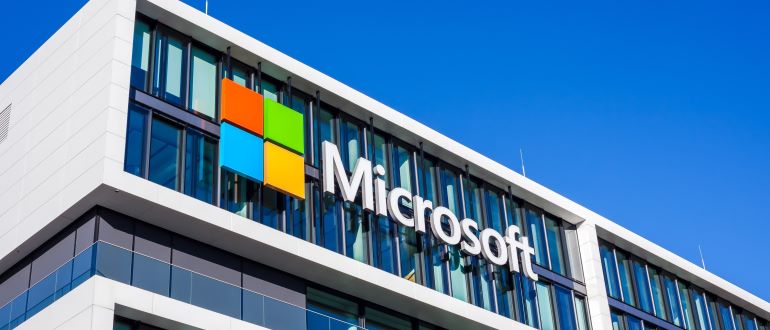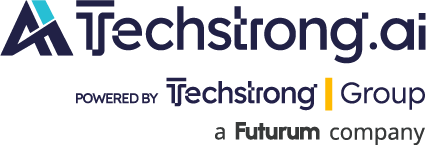
Microsoft unfurled a bevy of tools and platforms that collectively will drive the rise of an open artificial intelligence (AI) ecosystem, dubbed the Agentic Web, based on the model context protocol (MCP).
Announced at the Microsoft Build 2025 conference, the latest additions to the Microsoft portfolio range from a GitHub Copilot coding agent, which enables developers to asynchronously assign tasks to multiple AI agents to complete directly from within GitHub, to a Windows AI Foundry—a platform that makes it simpler to invoke application programming interfaces (APIs) for accessing multiple AI models, including now the Grok 3 and Grok 3 mini models developed by xAI.
In total, Microsoft via its Azure cloud service now provides access to more than 1,900 AI models and is now previewing AI Foundry Local, an instance of this platform that can be deployed on Windows 11 or MacOS to enable inference engine to run locally on a client platform. Microsoft is also extending the observability capabilities of its Azure AI Foundry to agents.
In addition to launching a Microsoft 365 Copilot Tuning service, through which IT teams can use a set of low-code tools to train and extend AI agents using their own data, the Copilot Studio tool for building AI agents is also being extended to enable IT teams to orchestrate workflows spanning multiple agents using the Azure AI Foundry Agent Service.
At the same time, Microsoft is also making available a Model Router that makes it possible to select a model for a specific query or task in real-time along with a Model Leaderboard, which ranks the top-performing AI models across different categories and tasks.
Additionally, Microsoft is making available pre-built agents, custom agent building blocks and new models to help developers and organizations build and deploy agents using a software development kit (SDK) based on MCP, the open source Semantic Kernel development kits for building AI agents, the AutoGen event-driven framework for AI agents, and the Agent-to-Agent (A2A) protocol developed by Google.
Finally, Microsoft is making it possible to secure AI agents using its Microsoft Entra ID, Microsoft Defender and Microsoft Purview Compliance Manager tools. Each AI agent will now be assigned its own unique identity to make it simpler to enforce cybersecurity policies.
Microsoft CEO Satya Nadella told conference attendees the goal is to build an open ecosystem in which no application or AI agent need be bound to a specific large language model (LLM). Instead, application developers will be able to invoke multiple AI models based on the capabilities provided and the costs associated with running them, he added. “Instead of just information, everything will be at your fingertips,” he noted.
GitHub and Microsoft in furtherance of that goal have joined the MCP Steering Committee in addition to contributing an updated authorization specification, which enables people to use their existing trusted sign-in methods to give agents and LLM-powered apps access to data and services such as personal storage drives or subscription services, and an MCP server registry service, which allows anyone to implement public or private centralized repositories for MCP server entries.
Microsoft is introducing NLWeb, which promises to make it simpler to add conversational interfaces capable of interacting with rich semantic data to existing websites and APIs. Every NLWeb endpoint is also an MCP server, so websites can make their content easily discoverable and accessible to AI agents.
It’s too early to know exactly how an open agentic AI ecosystem might manifest itself, but the one thing that is clear is that Microsoft has embraced agentic AI, says Mitch Ashley, vice president and practice lead for DevOps and application development at the Futurum Group.
“Microsoft isn’t waiting for the startups to lead in AI innovation; they are taking advantage of a rich ecosystem of development technologies, embedding agentic agents across software development workflows, and empowering what’s possible in software,” says Ashley. “Microsoft is taking a page from how the Internet was built by emphasizing the creation of open protocols and standards. The pace of innovation is quite astonishing for any large company.”
However, if history is any guide there will be plenty of devils in the details that IT teams will need to carefully navigate.

